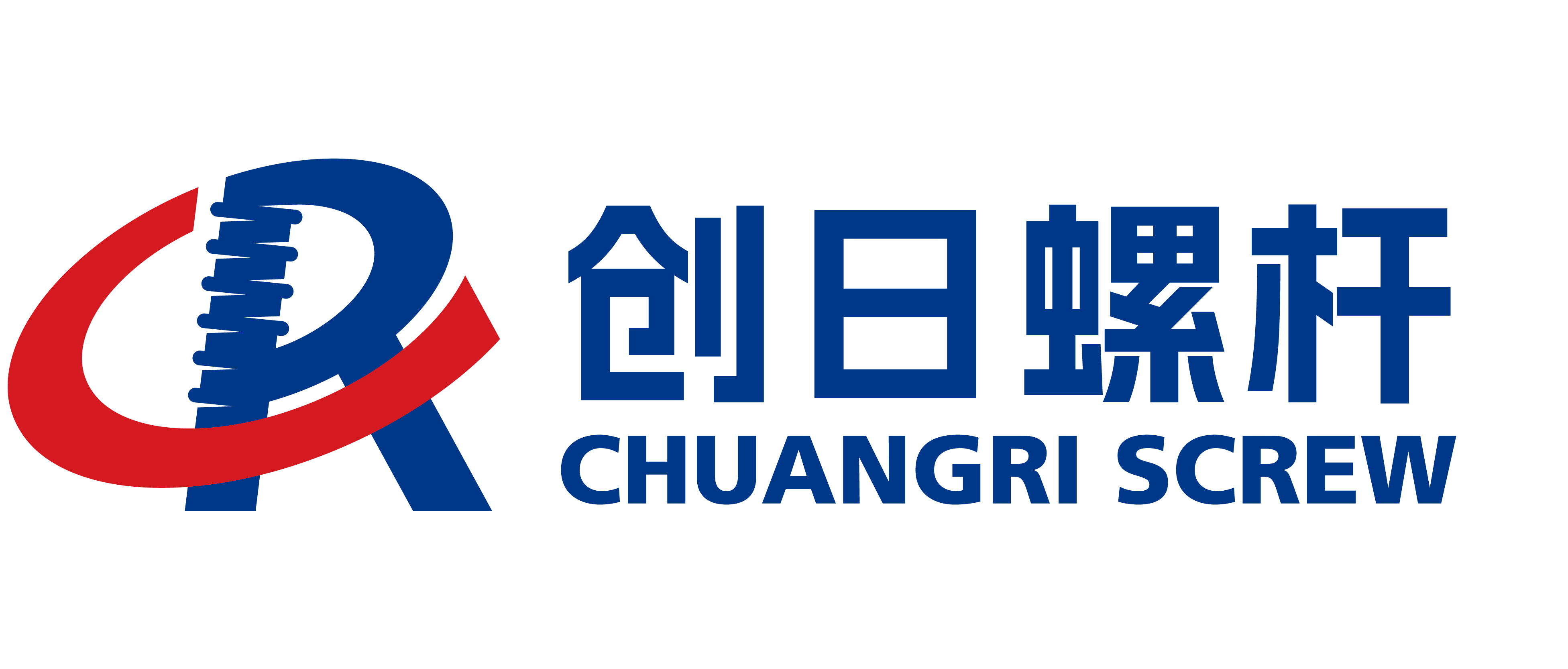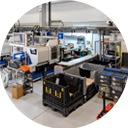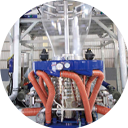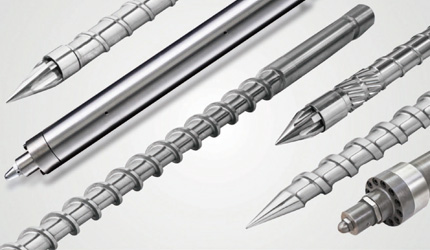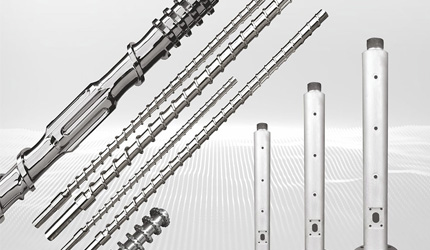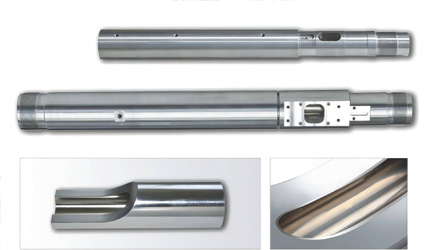Analyzing the Screw of Injection Moulding Machine for Optimal Performance
Analyzing the Screw of Injection Moulding Machine for Optimal Performance
In injection moulding, the screw is the real MVP. It shoves plastic through the machine, melts it down, and shoots it into the mould. This piece is everything for making great products and keeping work zippy. At CHUANGRI SCREW, we build wicked screws and barrels to keep your factory humming and tough as nails. Let’s hop into what makes screws tick, what tweaks their performance, and how our stuff can make your production sparkle.
The Role of the Injection Moulding Screw in the Moulding Process
The screw is the machine’s heartbeat. It moves plastic around. Gets it all melty. Prep it for the mould. A top-notch screw means awesome products and quick cycles.
Functions of the Injection Moulding Screw
The screw’s got three big gigs:
-
Pushing: Grabs plastic from the hopper. Sends it to the barrel. Keeps things flowing nicely.
-
Melting: Spins fast. Makes friction and heat. Turns plastic into gooey mush.
-
Measuring: Pumps just enough melted plastic into the mould. Every shot’s dead-on.、
A great screw speeds up the flow. Cuts wait times. Keeps products steady. CHUANGRI SCREW crafts screws to ace these jobs.
Understanding the Role of the Barrel in the Moulding Process
The barrel’s a round tube. It holds the screw snug. Does two huge things:
-
Heating: Has heaters. Keeps temps even to melt plastic as it moves.
-
Pressing: Holds pressure steady. Gets molten plastic into the mould smoothly.
At CHUANGRI SCREW, we manufacture high-quality barrels that are designed to work seamlessly with our screws. Our barrels feature advanced coatings and materials that extend their life, enhance wear resistance, and improve overall performance.
Key Factors Affecting Injection Moulding Screw Performance
Lots of stuff tweaks how a screw works. Get these right, and you boost its life. Make your factory shine.
Screw Geometry and Material Flow
The screw’s shape is a biggie. Its size, length, and twisty bits change how plastic moves, melts, and mixes.
-
Long screws give extra melting space. Awesome for thick, gloopy plastics.
-
Twisty pitch screws control flow better. Mix stuff real nice. Great for plastics needing even goo.
CHUANGRI SCREW offers a range of custom screw designs that cater to the specific needs of different materials, optimizing flow, mixing, and melting to ensure an efficient process.
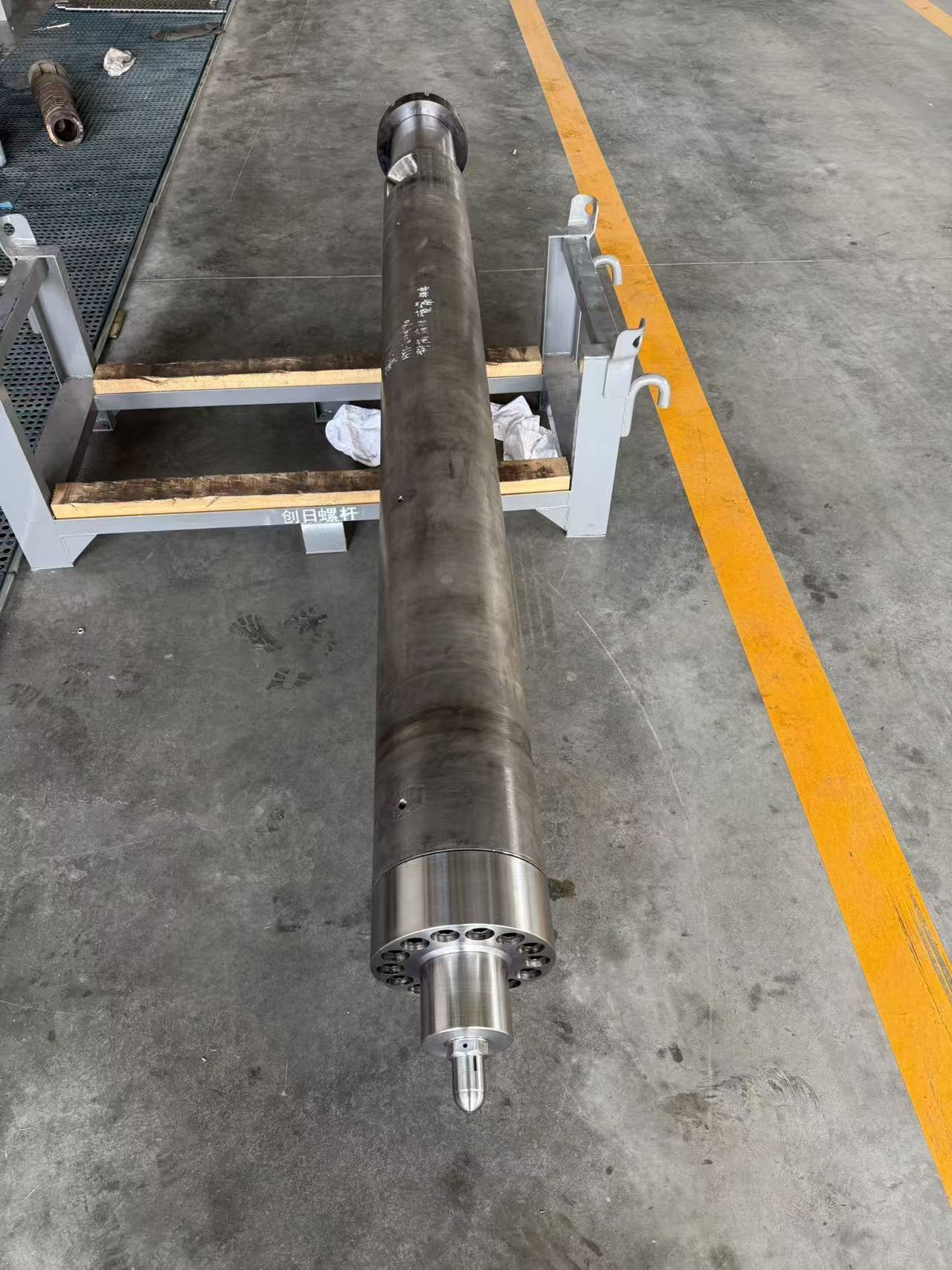
Material Selection for Injection Moulding Screws
What the screw’s built from is super key. Tough steels like SKD61 and 38CrMoAlA are the usual picks. They handle wear, strength, and hot temps. For rough jobs with gritty or scorching plastics, bimetallic screws are the champs. They’ve got a hard coating to last ages.
At CHUANGRI SCREW, we offer Bimetallic Screws designed to withstand demanding conditions, making them ideal for processing harsh materials such as PVC or materials with high filler content.
Temperature Control and Its Effect on Screw Performance
Heat’s a big deal. The screw needs just-right temps to melt plastic evenly. Too hot? Too cold? Trouble’s coming.
Messy heat control can cause:
-
Wonky plastic flow.
-
Screws are wearing out fast.
-
Crummy parts from bad melting or overheating.
CHUANGRI SCREW ensures that its screws are designed with materials that help maintain uniform temperature throughout the screw and barrel. Our high-performance screws are capable of handling a range of processing temperatures, ensuring high-quality production.
Optimizing Injection Moulding Screws for Maximum Efficiency
To make your screw rock, pick the right design. Use tough materials. Keep it cared for. Here’s the scoop on maxing it out.
Custom Screw Design for Specific Applications
A custom screw changes everything. Every plastic’s got its own quirks. The screw’s gotta match. Like this:
-
PVC and filled plastics need rugged screws. Bimetallic coatings tackle the grit.
-
High-viscosity materials need funky shapes. Better mixing and melting.
At CHUANGRI SCREW, we work closely with our clients to design screws tailored to their specific applications, ensuring that the screw optimizes material flow, reduces cycle time, and improves overall productivity.
Regular Maintenance to Ensure Long-Term Performance
Keeping screws in great shape is a must. Try these:
-
Peek at screws often. Spot pitting or cracks.
-
Clean them good. Zap stuck plastic bits.
-
Swap worn screws quickly. Saves your machine.
At CHUANGRI SCREW, we provide our clients with detailed maintenance guidelines to help extend the life of the screws and ensure smooth production.
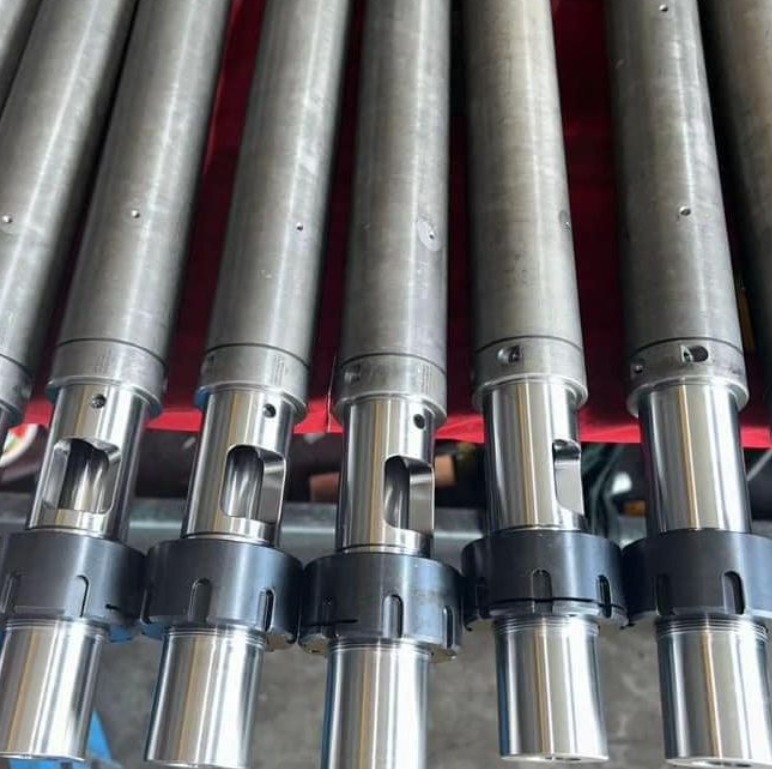
Troubleshooting Common Issues with Injection Moulding Screws
Even awesome screws hit bumps. Here’s the lowdown on common snags and fixes.
Common Problems: Wear, Corrosion, and Jamming
-
Wear and tear: Friction and pressure grind screws down. Bimetallic screws and nitrided coatings fight back.
-
Corrosion: Hot temperatures and moisture rust the screws. Bimetallic coatings save the day.
-
Jamming: Stuck plastic or the wrong screw shape can clog things. Good care and right design stop it.
Solutions to Improve Screw Life and Performance
-
Tougher materials: Bimetallic or coated screws last longer. Perfect for gritty or hot plastics.
-
Better screw design: Tweak the screw shape and twists. Boosts flow. Cutting jamming.
CHUANGRI SCREW’s bimetallic screws and custom shapes keep your machine running like a dream.
Why Choose CHUANGRI SCREW for Your Injection Moulding Needs?
At CHUANGRI SCREW, we’re wild about crafting killer screws and barrels. Been at it for ages. We’re all about precision. And grit. Our gear handles plain plastics. Also, super tough mixes. We make custom setups for any job. Screws for tiny bits. Or big, tricky moulds. Our crew picks the best materials for you. Keeps your gear tip-top. We stay on top of what’s new. Our screws and barrels hit today’s needs. Quick. Green production too.
FAQ
Q: What types of materials are best for injection moulding screws?
A: Common materials include SKD61, 38CrMoAlA, and bimetallic alloys. These materials offer high strength, wear resistance, and thermal stability, ensuring long-lasting performance.
Q: How does screw geometry affect the injection moulding process?
A: Screw geometry, including length, diameter, and pitch, directly impacts the material flow, mixing efficiency, and melt quality. Custom screw designs can optimize these factors for specific materials.
Q: How does temperature control impact screw performance?
A: Consistent temperature control ensures that the plastic melts uniformly, preventing degradation or inconsistent material flow, which could affect product quality and screw life.
Q: How can I improve the efficiency of my injection moulding process?
A: Optimizing screw design for specific materials, maintaining consistent temperature control, and using wear-resistant coatings, like bimetallic screws, can significantly improve process efficiency.
Q: How often should I replace my injection moulding screw?
A: The frequency of replacement depends on factors like material type, processing conditions, and the level of wear. Regular inspections and maintenance can help identify when a screw needs to be replaced, reducing downtime.
